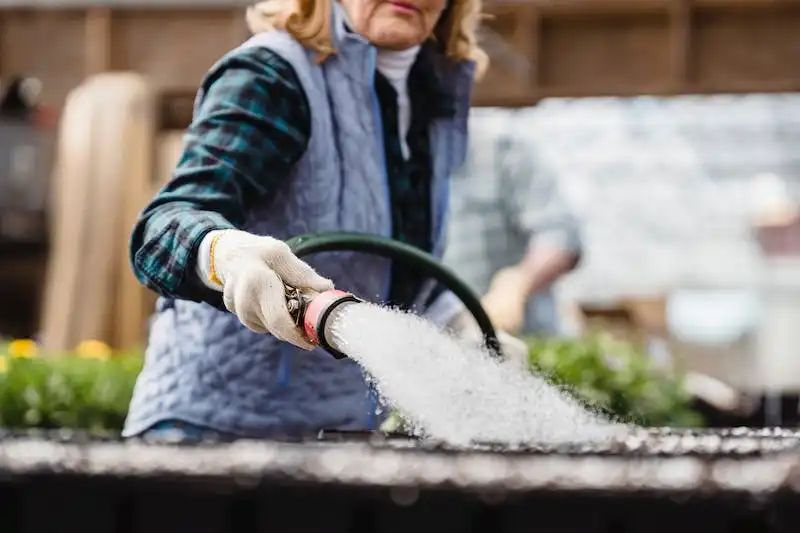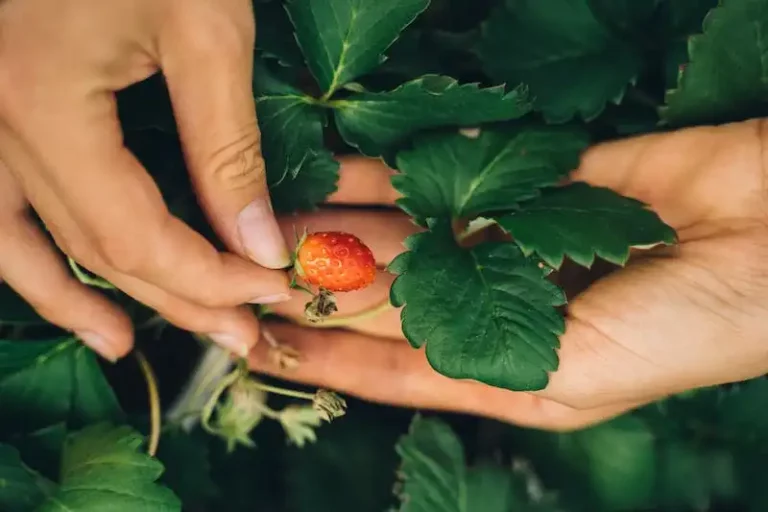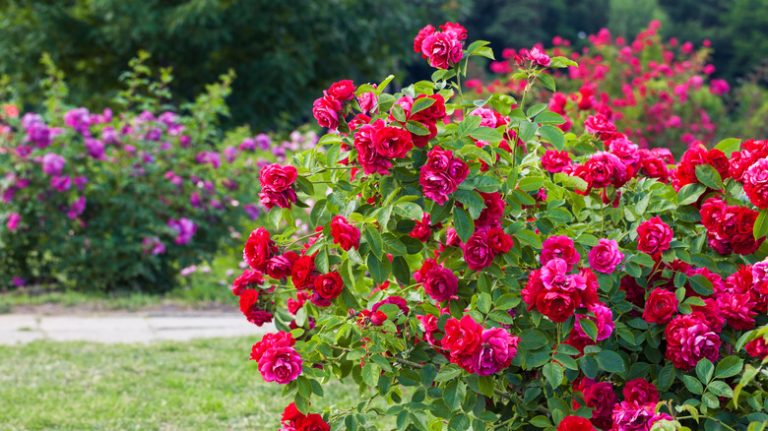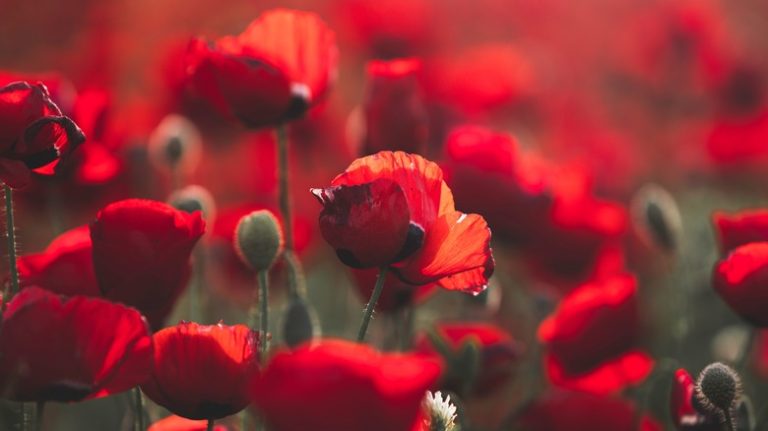When it comes to edible flowers, pansies are not only visually stunning, but they are also safe to eat. In fact, they have been consumed for centuries and their use in cooking began as far back as the 17th century. Pansies belong to the viola family and come in different hues of purple, yellow, and white, making them a colorful addition to any dish.
Pansies have a mild, slightly sweet flavor that pairs well with both savory and sweet dishes. These edible flowers can be used in a variety of ways, from simply garnishing salads or sandwiches to being featured in cakes and cupcakes. In addition to their taste, pansies can also add a visually appealing touch to your dish, making it look more enticing.
If you’re completely new to using pansies in your cooking, you’ll be glad to know that they are very easy to work with. Simply remove the stems and leaves, and you’re good to go. However, it’s important to note that not all pansies are edible. Some varieties may have been treated with pesticides or other chemicals, so it’s best to grow your own or source them from a trusted supplier.
One of the easiest ways to enjoy pansies is by using them to garnish desserts like cakes and cupcakes. You can press the pansies gently onto the frosting or even freeze them in ice cubes for a more visually appealing beverage. Another popular method is to candy the pansies by brushing them with egg white and sprinkling them with sugar. This not only preserves the flowers, but also adds a crispy, sweet layer that complements their delicate flavor.
So, the next time you’re in the garden and see a batch of colorful pansies, why not give them a try in your cooking? Whether you’re making a delicious spring salad or a batch of delectable cupcakes, pansies can be a beautiful and edible addition to your favorite recipes. Just remember to use caution with other types of flowers, as some can be toxic if consumed. With a little knowledge and some creative combinations, you’ll be enjoying pansies all year round.
Are Pansy Flowers Edible Tips for Harvest and Use
Pansy flowers are not just visually appealing in your garden, but they are also edible! You can use pansies in a variety of dishes, from desserts to salads, making them a versatile addition to your kitchen.
Harvesting: When picking pansy flowers for consumption, it’s essential to ensure that you are using safe and edible varieties. Avoid using flowers that have been treated with pesticides or chemicals. It’s best to harvest them in the morning, after the dew has dried, for the best flavor and freshness.
Using safely: Before using pansies in any recipe, it’s crucial to educate yourself about the potential toxicity of certain flowers. Pansies, as well as their close relative violas and violets, are generally considered safe to eat. However, other types of wild flowers may be toxic, so it’s important to be careful about what you choose to include in your dishes. If you’re unsure, it’s always better to err on the side of caution and stick with pansies from your own garden.
Preserving: If you have an abundance of pansies in your garden and want to preserve them for later use, there are a few methods you can try. One simple method is to place the flowers between layers of a damp paper towel and store them in an airtight container in the refrigerator. Another option is to freeze the flowers in ice cubes by placing them in an ice cube tray and filling it with water. This way, you can enjoy the beauty of pansies even during the colder months.
Using in dishes: Pansy flowers can add a delightful touch to many dishes. They can be used as garnishes on plates of appetizers, salads, or main courses. They can also be used to decorate cakes, cookies, and other desserts. One popular way to use pansies is by making sugared flowers. Simply brush the flowers with beaten egg white, sprinkle with superfine sugar, and let them dry. These sugared flowers can be used as decorations or enjoyed as sweet treats on their own.
Combinations: Pansy flowers come in a variety of colors, from purple and yellow to blue and white. You can create visually appealing combinations by pairing pansy flowers with other edible flowers like marigolds, nasturtiums, or calendula. These colorful combinations can be used to enhance the visual appeal of your dishes and impress your friends and family.
Springtime delights: Pansies are often associated with springtime and are considered harbingers of the season. Their vibrant hues bring a touch of color to your plate, making your dishes more visually appealing. Whether you use them as a garnish or incorporate them into your recipes, pansy flowers offer a unique and beautiful addition to your culinary creations.
In conclusion, pansy flowers are not only safe to eat but can also add a delightful touch to your favorite foods. Just be sure to harvest them from your own garden or a trusted source and avoid using any flowers treated with chemicals. So next time you’re in your garden looking for a little something extra to enhance your dish, consider picking a plateful of pansy flowers!
What You’ll Learn
In addition to using pansies as a visually appealing addition to your garden or as a garnish for springtime recipes, you’ll learn a few tips on how to completely enjoy these edible flowers. Pansies can be taken whole or their petals can be used as decorative accents on cookies, cupcakes, and tartlets. They’re more than just a pretty face; pansies have a flavor that is both sweet and slightly floral, making them a delightful addition to any dish. Whether you use them in salads, candied them for decorating cakes, or use them to infuse flavor into syrups and creams for desserts, pansies offer a unique twist to your culinary creations.
Not only are pansies beautiful, but they’re also easy to grow, making them great for beginners or experienced gardeners alike. Pansies come in a variety of colors, from purple and yellow to whiskered faces and marigold-like blooms. They’re known to be winter hardy, so you can enjoy the blossoms for several months, even in colder climates. Pansies began gaining popularity as edible flowers in 2024 and have since become a popular choice for everything from salads to cocktails.
While pansies are generally safe to eat, it’s important to note that not all flowers are edible. It’s crucial to know which varieties are safe to consume and which should be avoided. Certain flowers, like truffle and manure pansies, may look tempting, but they can be toxic. Always do your research and make sure you’re using edible pansies to ensure your safety.
So, whether you’re using pansies as a colorful addition to your garden or as a creative ingredient in your cooking, you’ll learn how to enjoy these beautiful blossoms without any worries!
- Learn how to use pansies as a visually appealing addition to your garden.
- Discover tips for using pansies to garnish springtime recipes.
- Explore different ways to incorporate pansies into your cooking, from cookies to syrups.
- Understand the variety of pansy colors and flavors available.
- Learn how to grow and care for pansies, even during winter.
- Ensure your safety by knowing which pansy varieties are edible and which to avoid.
Which Parts of Pansies Can You Eat
If you’re a fan of using edible flowers in your foods, then you’ll be happy to know that pansies are not only beautiful but also edible. Pansies are lovely, colorful flowers that can add a visually stunning touch to your dishes. So, if you have pansies growing in your garden, you can harvest them for use in your outdoor feasts.
Before using pansies, it’s important to know which parts of the flower are edible. The petals and the whole flower of pansies are edible. You can use them to garnish your desserts, beverages, or even sandwiches. In addition to their beautiful purple, yellow, and marigold hues, pansies have a mild, slightly sweet flavor that complements many dishes.
When you’re using pansies in your food, there are a few tips to keep in mind. First, make sure you’re using pansies that you know are safe for consumption. Some pansies may have been bred for their visual appeal but are not meant to be eaten. You can check with the seed supplier or gardener for more information. If you haven’t grown them yourself, it’s best to err on the side of caution and not eat them.
Pansies are best used as a garnish rather than a main ingredient in dishes. They can be a beautiful addition to a salad, a plate of cookies, or even a plateful of brownies. Some people like to use pansies in combination with other edible flowers, featuring a colorful and visually appealing assortment.
When it comes to flavor combinations, pansies go well with lemon. You can pair them with lemon desserts or use them to garnish lemonade. Pansies can also be used to decorate frosted desserts, such as cakes or cupcakes. The delicate petals can be pressed into the frosting for a lovely finishing touch.
If you’re looking for storage tips, pansies are best used fresh. However, if you need to store them, you can place them in a plastic bag and keep them in the refrigerator for up to a week. Just make sure to handle them gently so they don’t get bruised or wilted.
In conclusion, pansies are edible flowers that can add a beautiful touch to your dishes. You can use the petals and the whole flower to garnish a variety of foods, from desserts to sandwiches. Just make sure you’re using safe and edible varieties. With their mild flavor and stunning visual appeal, pansies can be a delightful addition to your springtime meals.
Safety Tips for Growing Edible Flowers
Growing edible flowers can add a touch of beauty and flavor to your garden. However, it is important to be careful and informed when it comes to eating these blooms. Below are some safety tips to consider when growing and consuming edible flowers.
Choose Safe Varieties
Not all flowers are safe to eat, so it is important to know which ones are edible. Some common edible flowers include pansies, violets, violas, marigolds, and calendula. These flowers come in a variety of colors and can be used for garnishes, cakes, and other dishes.
Use Organic Plants
If you plan to eat the flowers from your garden, it is best to use organic plants. This way, you can be sure that no harmful pesticides or chemicals have been used on them. Organic flowers not only taste better, but they are also better for your health.
Know the Blossoms
Before eating any flowers, make sure you know what they look like. Some toxic flowers may resemble edible ones, so it is important to be able to identify them. Use reliable sources of information or consult a gardening expert to learn more about the flowers you are growing.
Harvest at the Right Time
To get the best flavor, harvest the flowers when they are fully bloomed but before they start to wither. This is usually in the morning when the dew has dried off. Avoid harvesting flowers that are wilted or have brown spots.
Preparation is Key
Before eating the flowers, make sure to rinse them thoroughly to remove any dirt or insects. You can also soak them in cold water for a few minutes to freshen them up. If you plan to use crystallized or candied flowers, make sure to follow the proper techniques and recipes.
Start Slowly
If you are new to eating edible flowers, it is best to start with small quantities to see how your body reacts. Some people may have allergies or sensitivities to certain flowers, so it is important to listen to your body and eat in moderation.
Store Properly
Edible flowers are delicate and should be stored properly to prolong their freshness. Place them in a damp paper towel or put them in a container with a little water. Keep them in the refrigerator and use them within a few days for optimal taste and quality.
By following these safety tips, you can ensure a delicious and enjoyable experience of growing and eating edible flowers from your garden.




